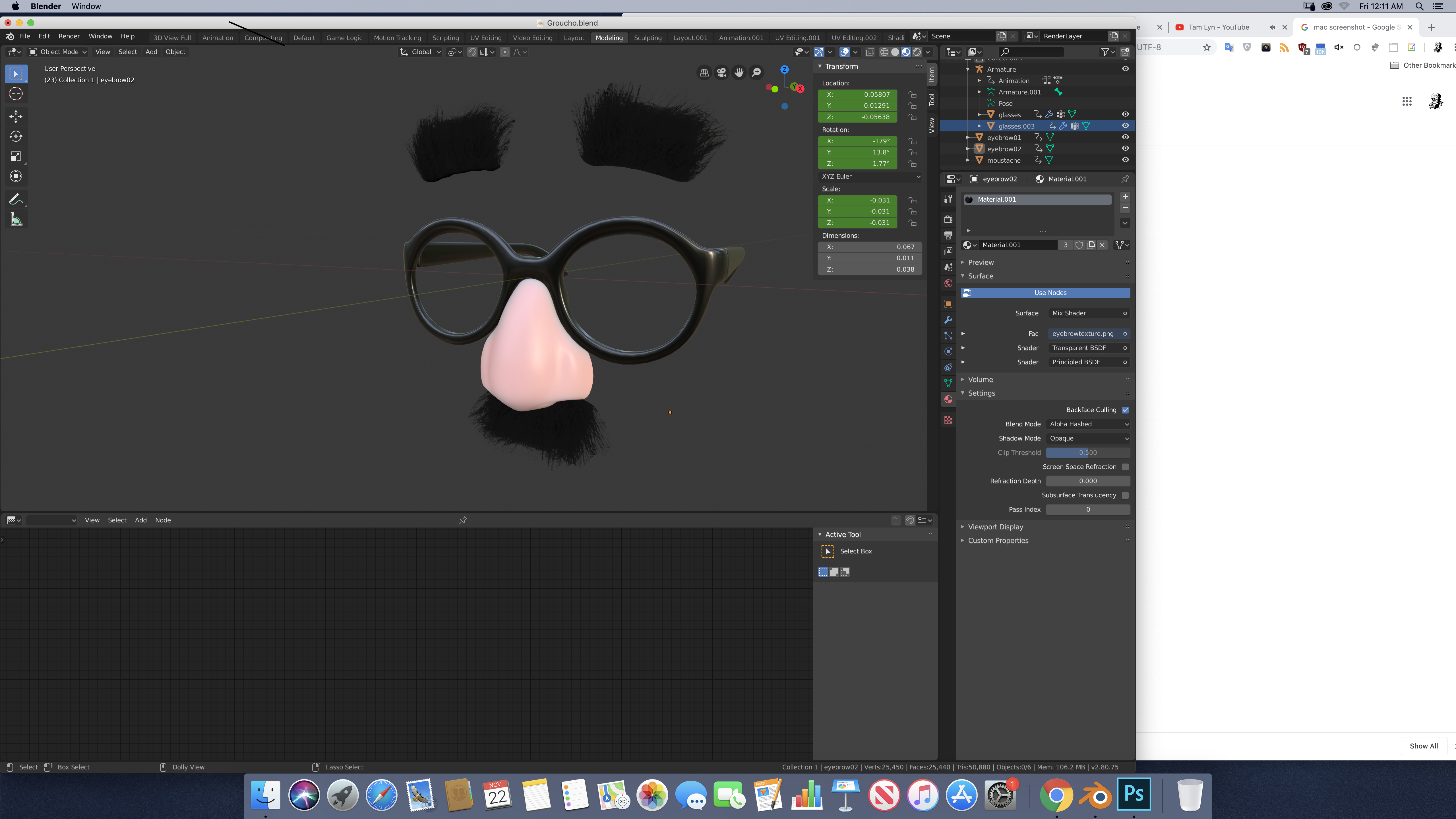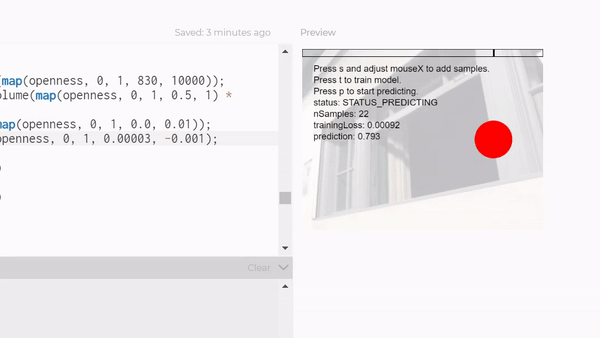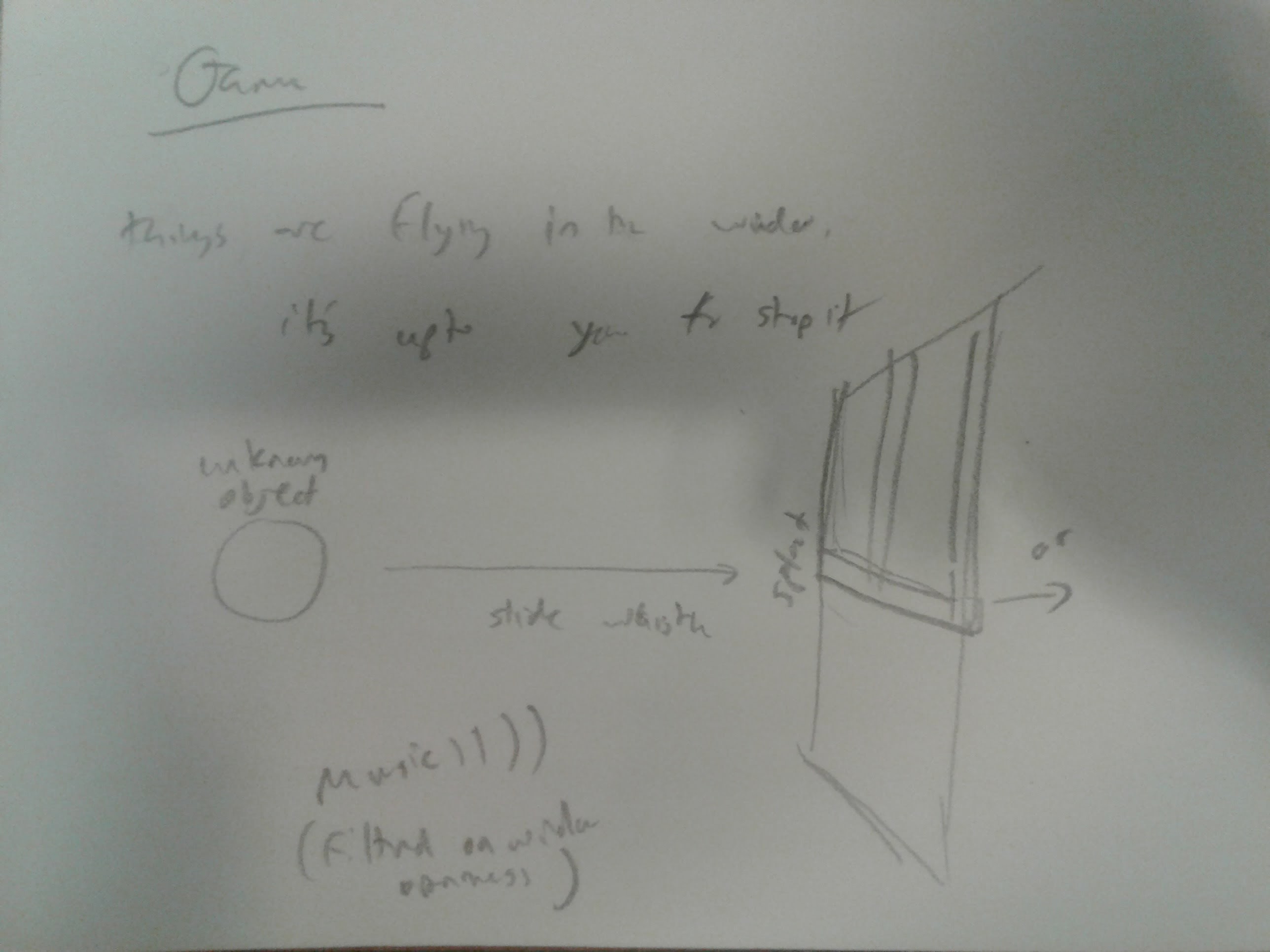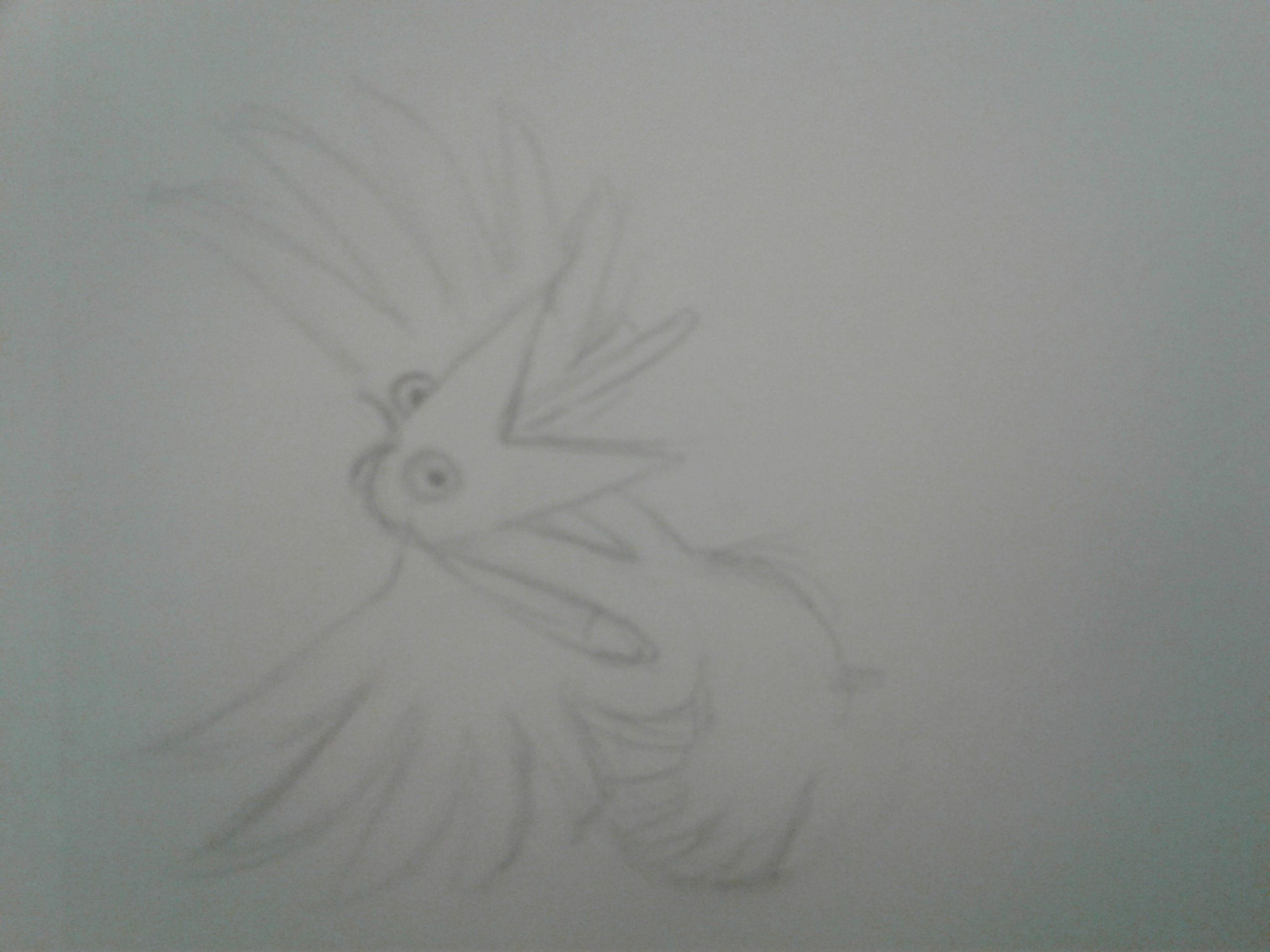Pix2Pix
I tried to make a dog cat.
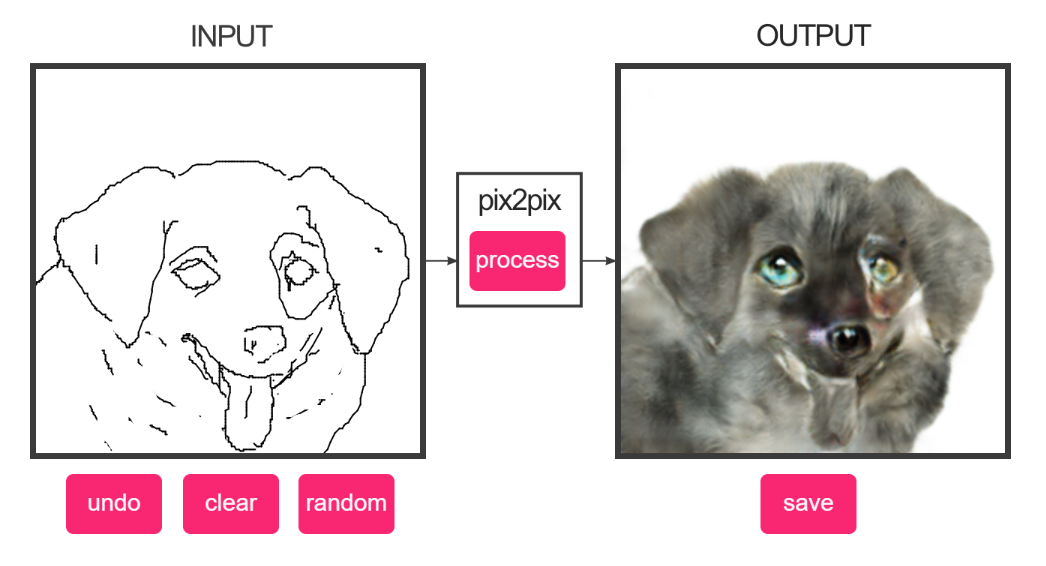
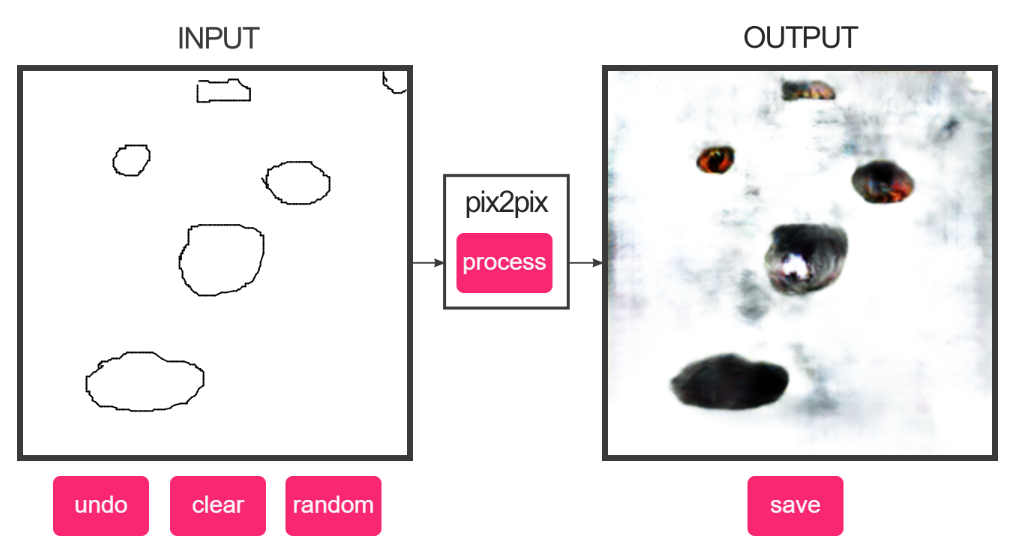
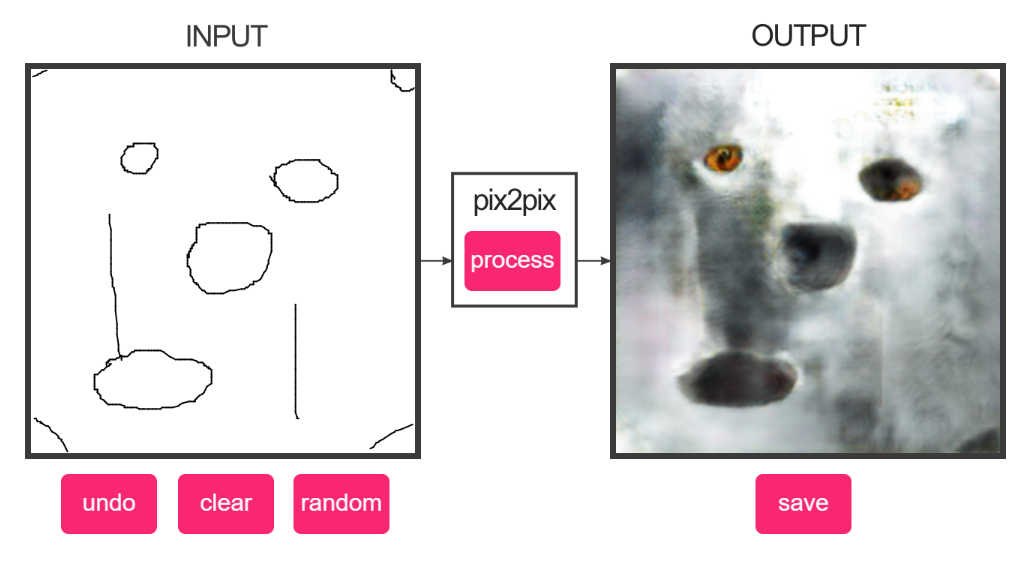
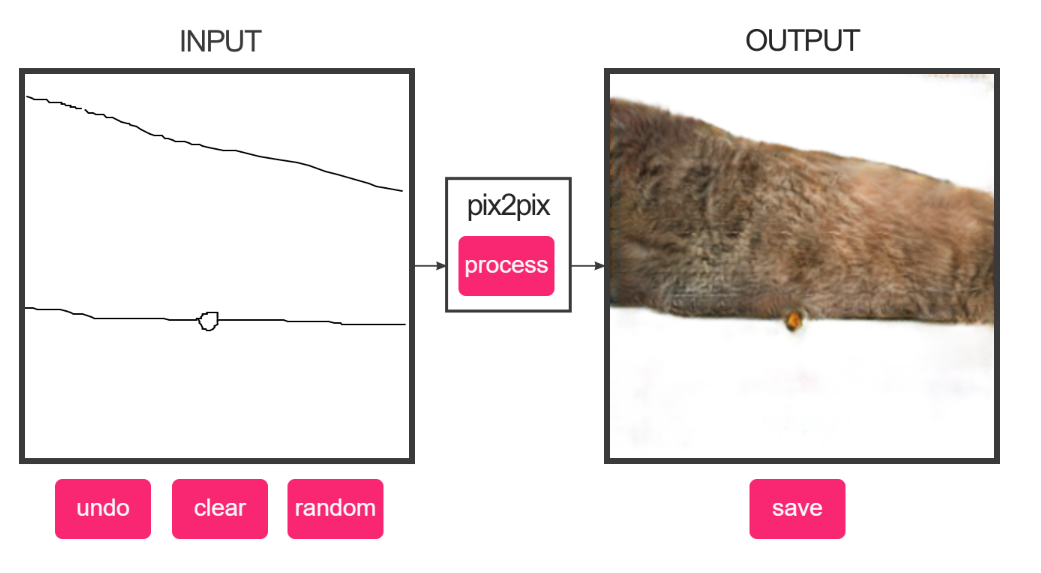
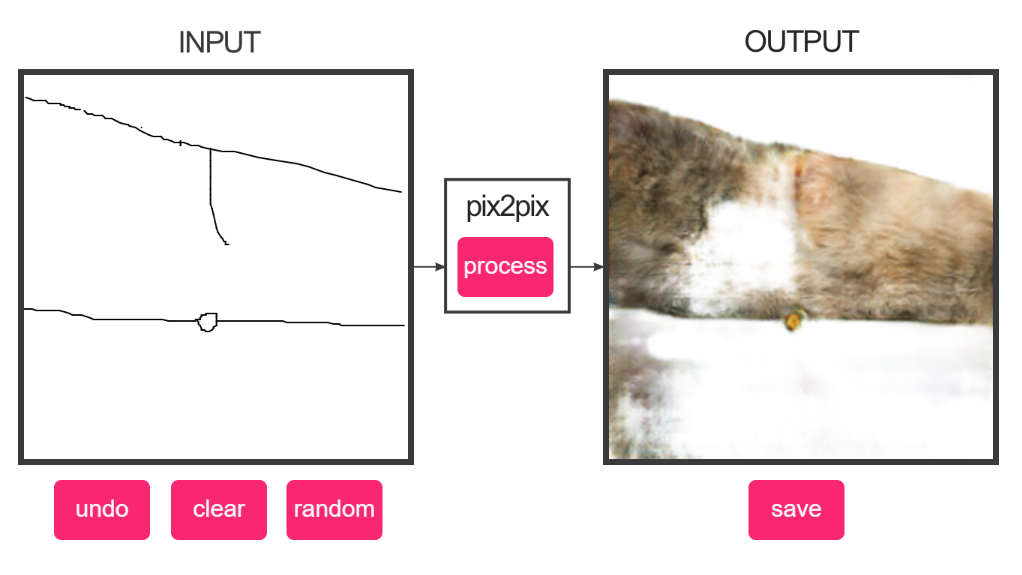
It's interesting how tiny gestures can greatly affect the certainty of the resulting image, and what it interprets as negative or positive space. I tried pretty hard to get it to interpret lines as certain things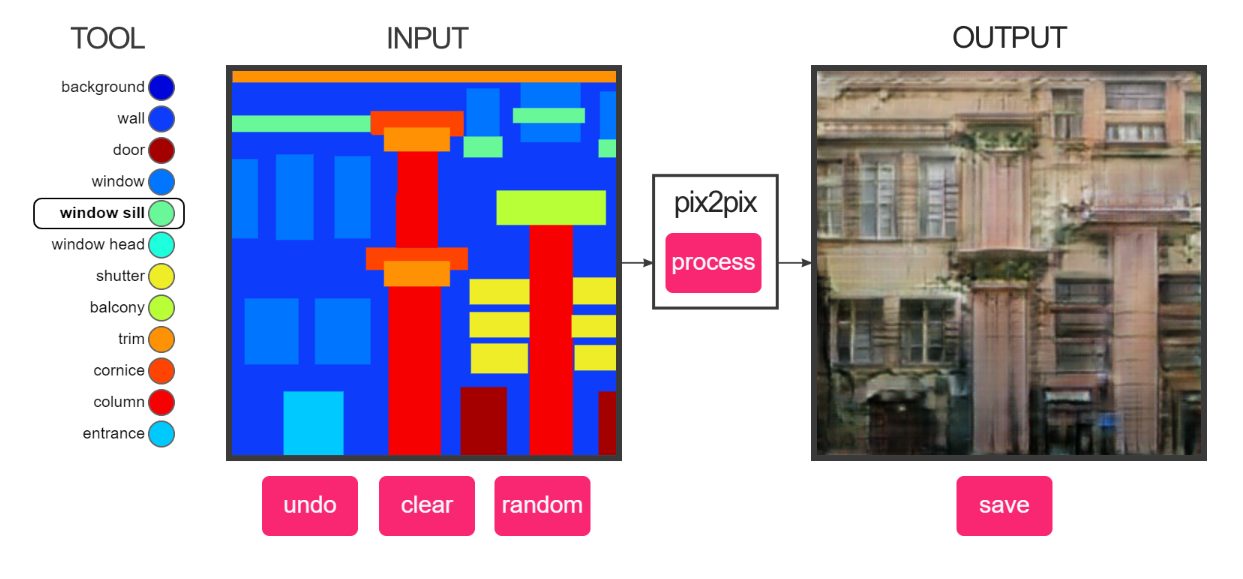

GANPaint


It took me a little while to figure out that the painting here can only really alter an already existing element so that it becomes something else, and not really create new elements in most cases. It's also interesting how the generated fields always seem more flat than the original image.
ArtBreeder
General:

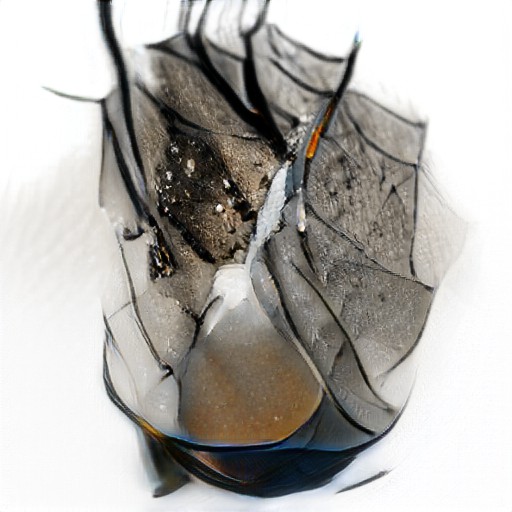
Portraits:
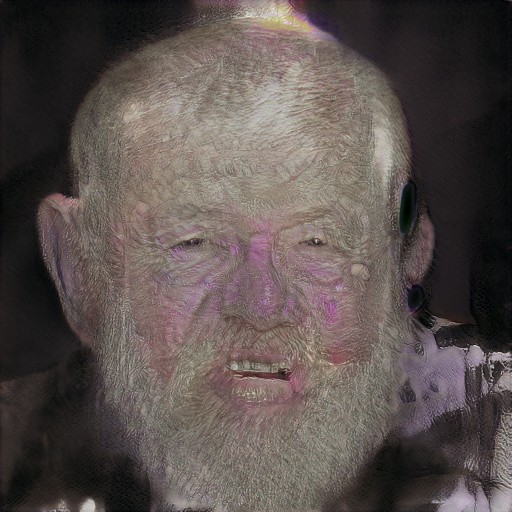
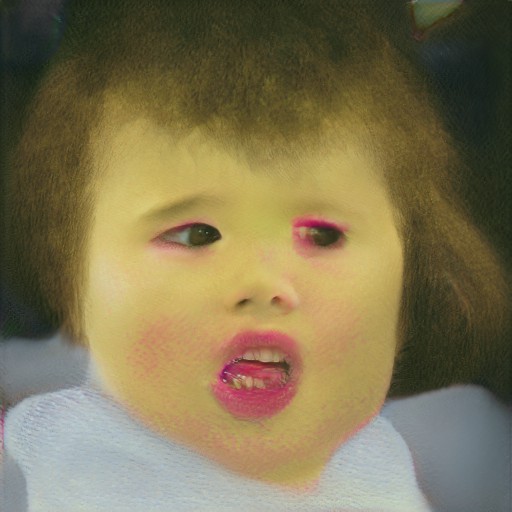
The set of portraits to crossbreed with are almost all really attractive people. It is kinda hard to make a portrait without beautiful eyes. The genetic metaphor is apt - you can almost guess what parts of each image are the result of what "ancestor."
Infinite Patterns by Alexander Mordvintsev

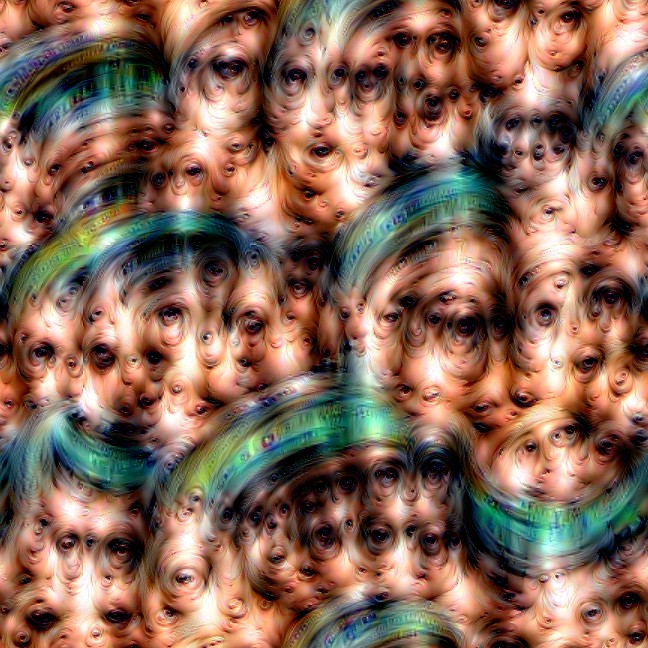
GPT-2
Eight years ago, when I was studying to convert but hadn't yet been to the mikveh, I experienced Simchat Torah for the first time. I had successfully 《reconciled to God. That's all the conversion I have to tell. I was on Shabbat observing the service with an older Jewish friend and he mentioned that he would be joining us the next day. When I entered the service, I sat in the front row as the rabbi took our seats. As he began his service, I saw him and, after a moment, I was shocked. Instead of holding the Torah over his head and repeating the name of the Lord, as a Hasid or Rabbi would do, he placed it in front of him over his right hip and the congregation began to pray. I looked at him. I thought to myself, This is a Hasidic man. What is he doing. I didn't know how to respond because it was completely unfamiliar. I said to myself that I just wasn't prepared to be a Hasid, to be surrounded by Orthodox people, to have a large group
"No, Shirley!" I cried as she began to climb over the bed and then started into the chair again.
"If it is too much trouble don't say anything," she said, still sounding like Shirley.
"I may not want to," I promised, "but I can't help it, can I?"
"Yes," she said, and I was quite sure she sounded disappointed.
Sitting there, staring at the empty window and the uninviting sunlight, Shirley sighed.
"Why, why, it's so nice out here!" she protested. "This is our house, after all, and our people, our house! I don't know what to do any more! I feel so empty like this."
"No," I insisted. "This is not our house... it's not my house."
"Oh, of course it is!" she cried. "You don't know what it means to stay on good ground. You have to! But it's time you did."
Google AI Experiments

It rarely correctly guesses what you're drawing. You start to notice after a little while what the typical graphical representation of the thing being drawn seems to be. Sometimes it's not the image I have in my head of the thing.
https://magenta.tensorflow.org/assets/sketch_rnn_demo/index.html
